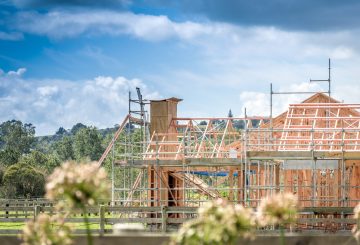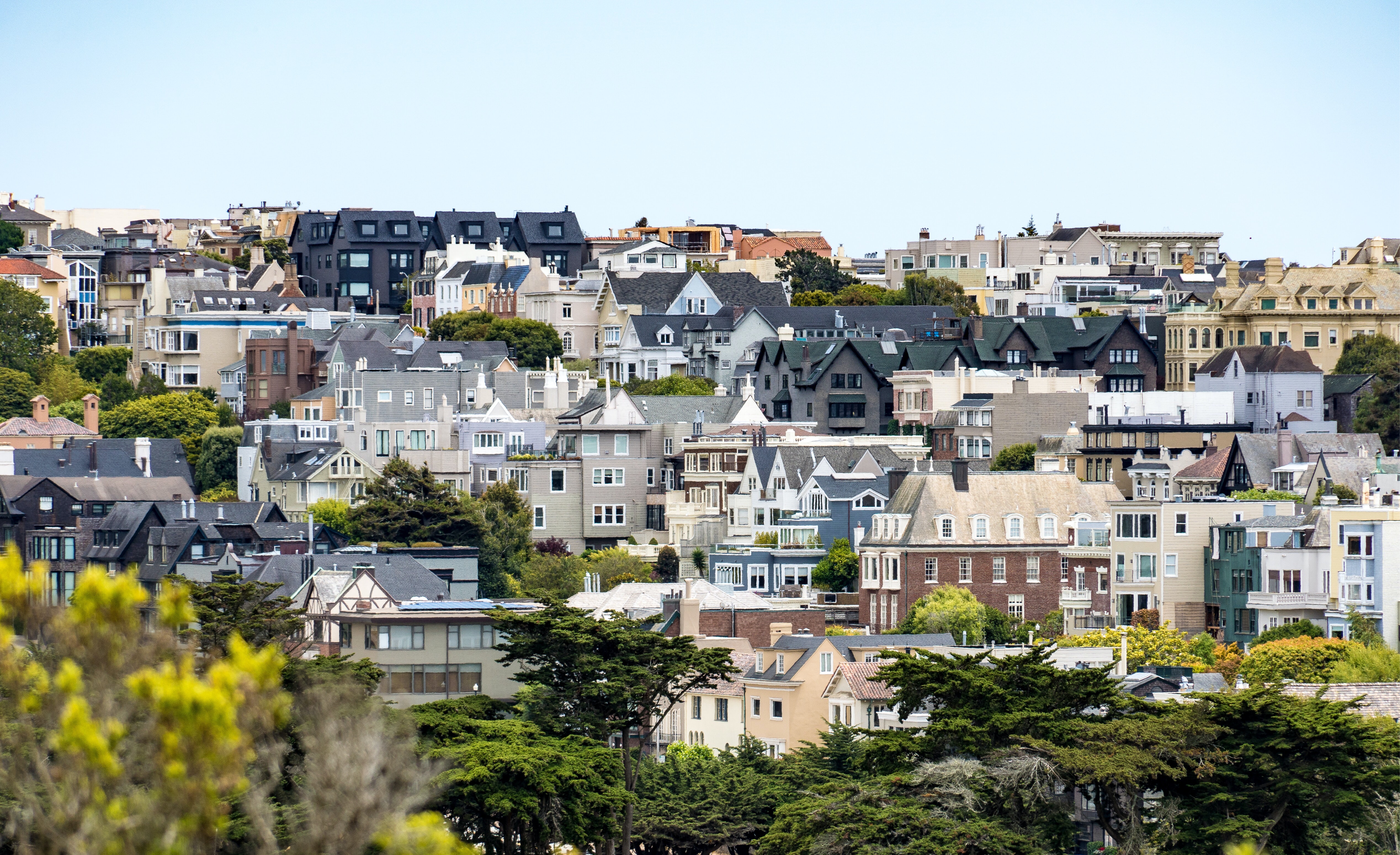노동당과 국민당 모두 주택 공급 문제를 해결하기 위해 협력하기로 합의했다.
오늘 메건 우즈 주택부 장관과 데이비드 파커 환경부 장관은 야당 대표 주디스 콜린스와 함께 주택공급법안을 발표했는데, 이 법안은 10년 이내에 최대 10만5500채의 신규 주택 건설을 허용할 것이라고 밝혔다.
이 법안의 주요 특징은 건축물 동의 없이 최대 3층짜리 주택 3채를 현장에 지을 수 있다는 점이다.
그는 “지난 1월 총리에게 국민과 노동당이 주택 위기에 대한 초당적이고 긴급한 해결책을 마련할 것을 제안하는 서안을 보냈다. 그때도 말했듯이, 건축물 동의 동의 과정은 뉴질랜드에 더 많은 주택을 짓는 것을 너무 어렵게 만든다.”
콜린스는 지난 4월 “지역 당국이 신규 주택을 위한 더 많은 공간을 확보하도록 요구하는 법안 초안을 발의했다”고 밝혔다.
두 달 뒤인 6월 주택 및 환경부 장관들은 “주거용 주택 공급을 늘리자는 내 제안에 장점이 있다고 본다”는 내용의 서신을 보냈다.
콜린스는 “그들은 도시 지역의 새로운 주택에 심각한 상승을 허용하기 위한 정책의 추가 개발에 대한 국민당의 기여를 환영한다”고 말했다.
“이 법안은 도시 계획자들의 권력을 그들이 봉사하는 시민들에게 돌려주는 일이다 . 이것은 우리 도시들이 발전하고 성장할 수 있도록 할 것이다” 라고 국민당 주택 대변인 니콜라 윌리스는 말했다.
파커는 “새로운 중밀도 주거기준(MDRS)을 통해 토지 소유자들은 건축물 동의 없이도 대부분의 부지에 최대 50%까지 최대 3층의 주택을 지을 수 있게 될 것”이라고 말했다.
이번 발표로 수십 년 동안 지속되어 온 뉴질랜드의 주택 위기가 막을 내렸다.
주택 위기 돌파 위해 여야 협력





























































